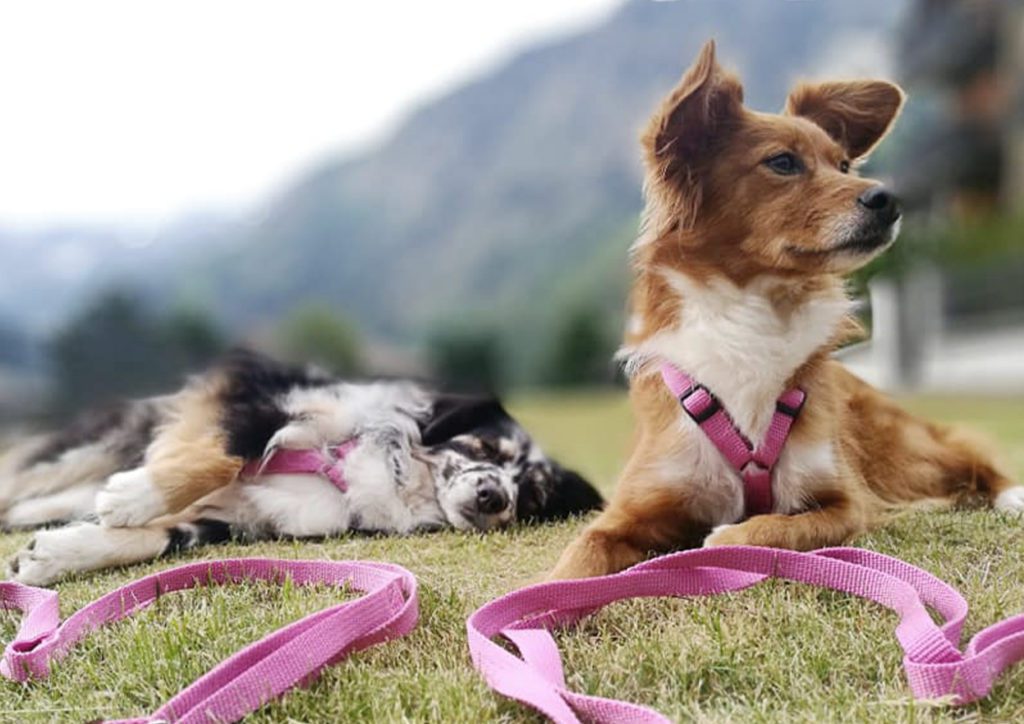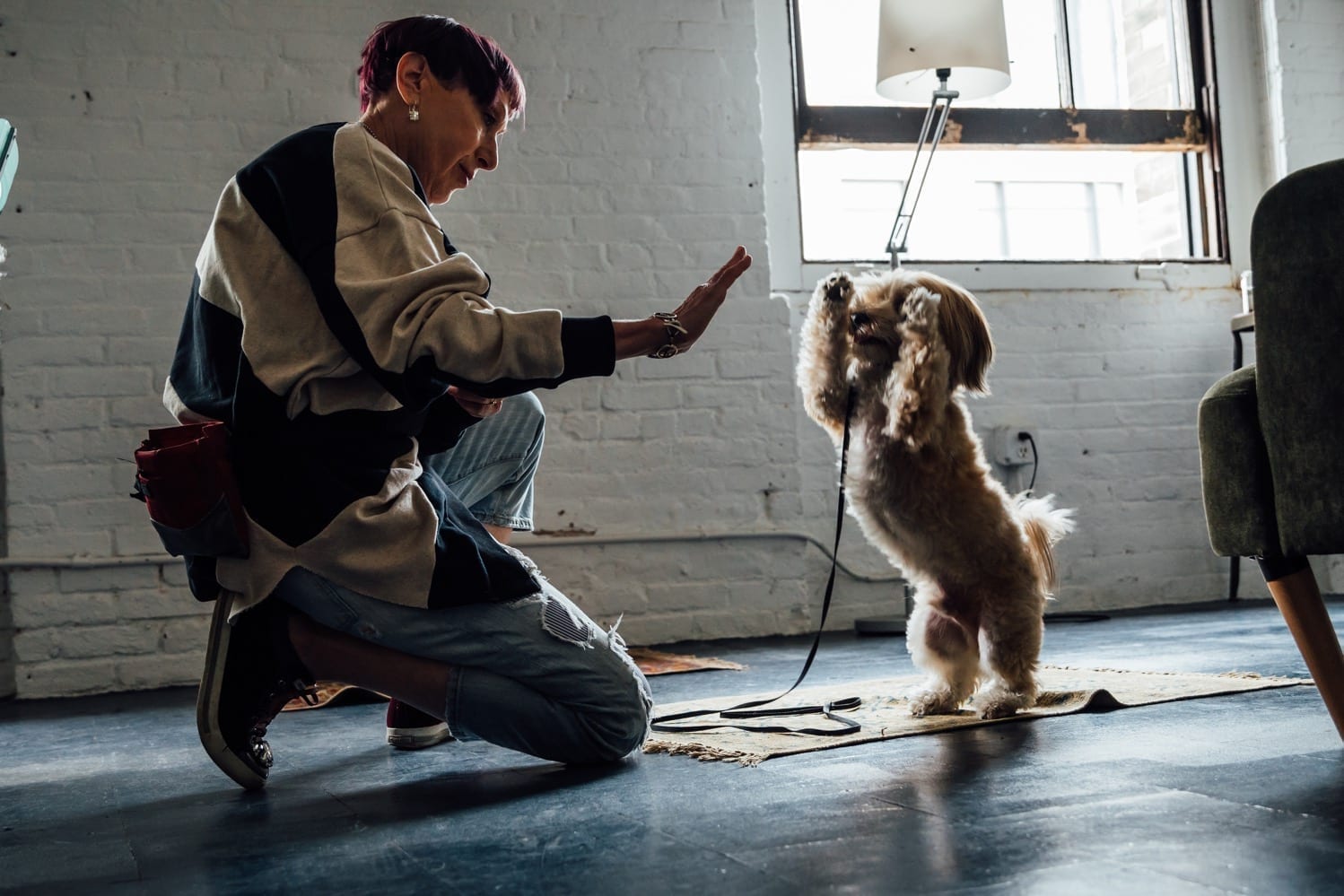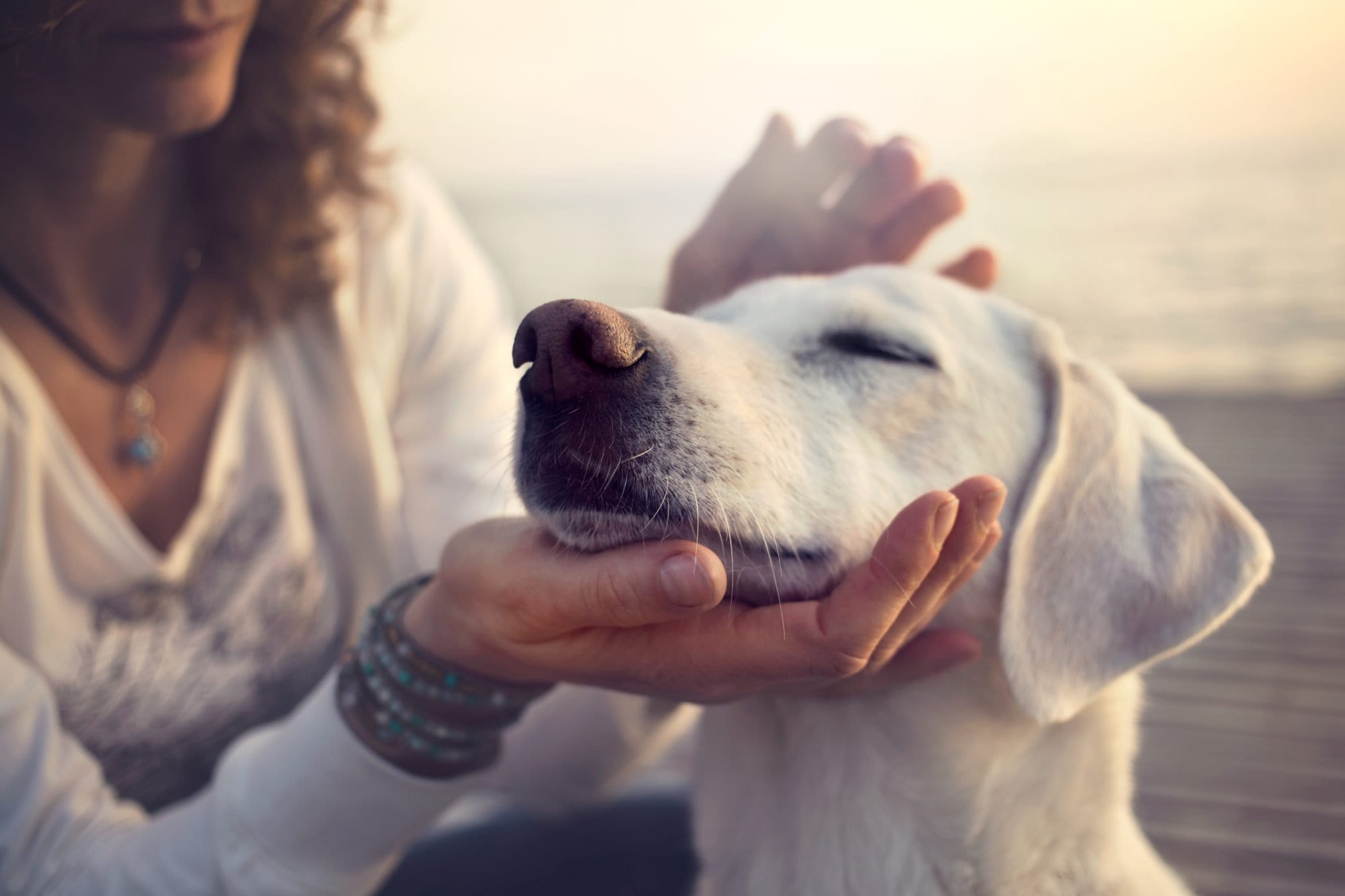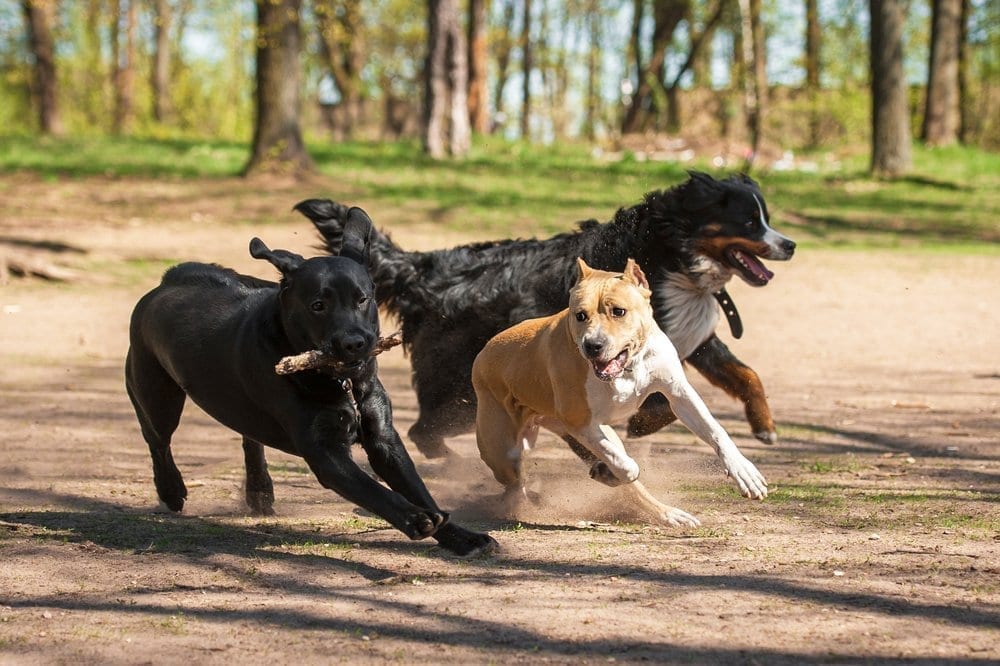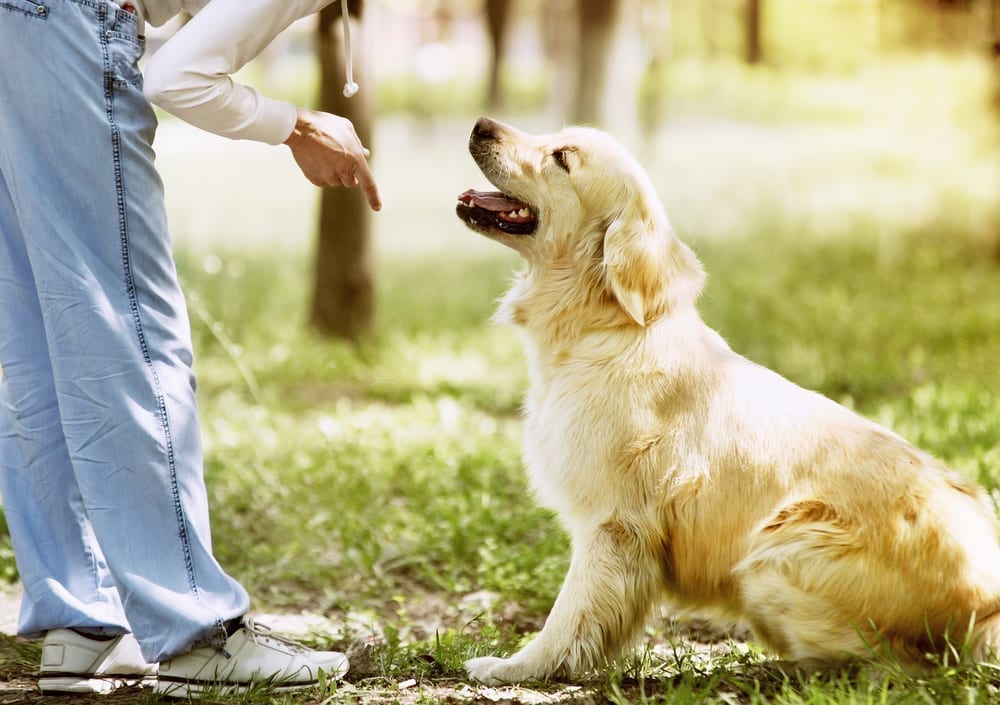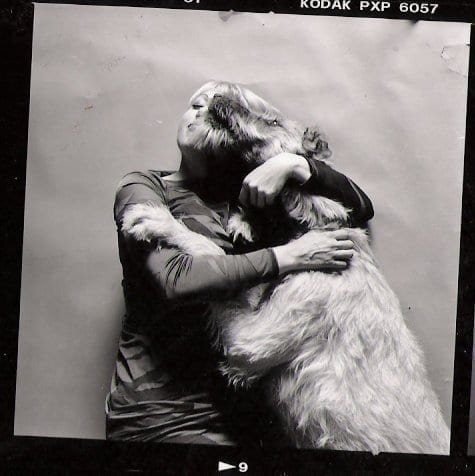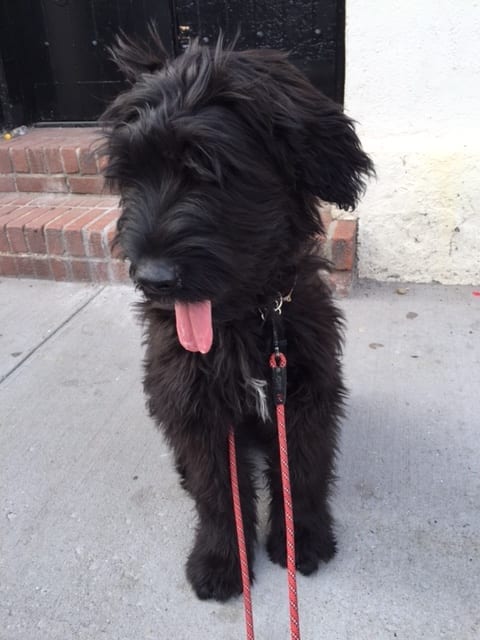Source: flickr.com via Elisabeth Weiss on Pinterest
The article below talks about something that I touch upon quite frequently, namely the day to day application of “skills” like “STAND” or “BANG” ( play dead lying on your side until released) that do not fall into the category of “basic” dog training but make your life and your dog’s life so much easier. How much nicer is it for your dog to like having his teeth brushed rather than developing rotten teeth because you cannot touch his mouth area at all and then having to undergo sedation for a teeth cleaning.
If you teach your dog that being handled all over and getting into certain positions is not scary but a fun game your dog will not freak out when it becomes necessary to perform simple procedures in the vet’s office.
http://www.kathysdao.com/articles/training-handle.html
How to Get a Handle on Your Training
All Rights Reserved
Here’s a sampling from my current client files. Note the common thread.
- A sweet sharpei who, in order to have his nails trimmed, has to be anesthetized by his veterinarian
- A cairn terrier who was “diagnosed” as having a serious aggression problem by a groomer who insisted on completing a trim despite the dog’s obvious anxiety and distress
- A man who was chastised by his veterinarian for being too soft on his dysplastic 7-year-old rottweiler because this man didn’t “discipline” the dog when she growled in response to a forceful examination
- A chow-chow who is so terrified of the veterinarian’s office that he now refuses to ever get in the family car to go anywhere
- A woman who was honestly surprised when I told her that she could bath and trim her lab puppy’s nails at home rather than paying a groomer to do this
- And, most recently, a woman whose veterinarian advised her (in the presence of her 5-year-old son) to immediately euthanize the family’s young springer spaniel — because he barks fiercely when visitors come to the door! (Note: I had previously evaluated this dog and found him pushy, spoiled and, most important, completely redeemable.)
These are all actual cases. And my intent here is not to indict veterinarians or groomers in general (a couple in particular maybe…). No, what I want to do is scream “enough already”! Dogs are suffering needlessly from fear and discomfort because a) we don’t adequately prepare them for a life punctuated with physical exams, medical treatments and grooming, and b) we abdicate our role as our animals’ primary caretaker.
Like all of us, I too have been guilty of training neglect. I can easily recall when one of my dogs, a dachshund mix named Gnat, attempted to swan-dive off our vet’s 3-foot-high exam table to avoid an injection.
I could have never gotten away with such inadequate training at my previous job as a zookeeper. In that setting, the most important “tricks” we trained the whales, elephants and walruses to perform were husbandry behaviors; that is, behaviors useful for an animal’s future veterinary care or routine grooming.
Husbandry behaviors include (but aren’t limited to):
- Getting on a scale and holding still for 15 seconds
- Getting into a bathtub and remaining standing throughout a bath
- Allowing complete brushing of the coat, including mat removal
- Allowing cleaning of the ears
- Holding the head still for administration of eye drops
- Swallowing pills
- Opening & closing the mouth
- Allowing inspection & cleaning of the teeth
- Standing still for insertion of a thermometer
- Remaining calm and still for an injection or a blood draw
- Presenting specific body parts for inspection or application of topical medicine
- Presenting paws for nail trims
- “Freezing” or becoming immobile for x-rays or ultrasounds
- Urinating and defecating on cue
- Exhaling and inhaling on cue
- Tolerating man-handling and shoving
Before we consider the nuts and bolts of husbandry training, let’s try empathizing with our dogs’ dilemma. Close your eyes and imagine yourself going to either the dentist for a root canal or the proctologist for your annual screening (whichever you find most intimidating). Despite understanding what’s about to happen and why it’s necessary, you’re anxious and edgy.
Now add in another factor. You have to visit the dentist or proctologist, but you’re in a foreign country. You don’t understand the medical staff’s words or gestures. And none of the doctor’s instruments looks familiar.
Try to be even more creative. Imagine yourself living on Mars, being taken by your Martian owner to a “doctor-for-humans” to undergo an exam. Weird smells and sounds surround you. Three other humans sit around nervously waiting with their owners. Finally, when it’s your turn, you’re dragged by your collar into a small stuffy room. You’re immersed in cold water up to your waist and your arms are covered with worms. Then the doctor trims your eyelashes and gives you a tiny tattoo wherever you’re most ticklish. And, throughout this whole procedure, your Martian-owner is making buzzing sounds, which you don’t understand, but which are actually Martian for “this won’t hurt – everything’s ooookaaaay.” Sound familiar?
Clearly, even benign veterinary exams and grooming sessions can provoke profound fear in pets. That’s why it’s vital to teach husbandry behaviors to our dogs. One obvious benefit is the lowered risk of dog-inflicted injuries to veterinarians, vet techs, groomers and dog owners. A relaxed, confident dog is unlikely to bite the humans caring for him. Husbandry training also lowers the risk of injury to the dog from forceful restraints, misdirected injections, multiple needle-sticks for blood sampling, and panic–induced escape attempts.
Training a full repertoire of husbandry behaviors also allows us to minimize a dog’s anxiety level during an illness. The tension an untrained dog often experiences during a veterinary exam can aggravate the primary physical problem. Stress can also skew some blood values, making accurate diagnoses more difficult.
Be aware that pre-training a few specific behaviors may open additional treatment options to your veterinarian. For example, two days after having a cyst on her chest removed, my dog Sophie managed to pop out the stitches. Because she was 11 years old at the time, we definitely wanted to avoid anesthetizing her a second time to re-stitch the wound. Fortunately, Sophie had been trained to lie on her side and “freeze.” So, I was able to cue this behavior while my veterinarian stapled shut the incision in just a few seconds. This procedure was faster, cheaper, and much less invasive.
I believe, though, the ultimate goal of teaching husbandry exercises to our dogs, or to any animal, is to build up a deep reservoir of mutual TRUST. Some behaviors listed above are quite advanced, requiring detailed shaping programs and scores of training sessions. In my experience, though, these investments of time and effort pay off, both in terms of the practical benefits and the strengthened bond between trainer and trainee. In fact, when zoo visitors used to ask me what I was doing as I practiced running my hands over every inch of my favorite beluga whale, my usual answer was “I’m earning Sikku’s trust.”
And so, if I were ruler of the world, I’d require all dog owners to adhere to the following contract:
1) I will begin associating human touch with food, toys, games and baby-talk the very first day I bring a new dog home.
2) I will take my dog to the vet clinic for no reason other than to feed said dog an obscenely decadent treat in the waiting room twice as often as we visit the clinic for a real exam.
3) I will teach my dog to attain a state of Zen-like relaxation when I touch his paws, ears, teeth, belly and genitals.
4) I will buy nail clippers for my dog and pair those clippers with my dog’s very favorite activity (e.g., Frisbee-chasing, swimming, belly rubs, bratwurst consumption) so consistently that he will be positively thrilled to see me pick the clippers up.
5) I will touch my dog’s body with a couple of unusual things (e.g., a plastic bottle, fork tines, sandpaper, ice cubes) every week — in preparation for future “surprises” during a vet exam.
6) I will teach my dog to target her nose on my hand so I can position her easily, without unnecessary force or restraints.
7) I will teach my dog to happily wear a comfortable fleece-lined muzzle if I suspect he will ever need to wear one during any grooming or medical procedure.
8) I will ensure that my dog can benefit from the best medical care available by teaching him behaviors necessary to accomplish a variety of treatment methods (e.g., swallowing pills, accepting ointments in ears and eyes, allowing cleaning of wounds with antiseptics, lying still for acupuncture needles).
9) I will not allow anyone to push my dog way beyond her comfort zone, thereby destroying my careful training program, in order to save time or trouble (e.g., after 3 needle-sticks that fail to draw blood, we’ll take a break and come back later).
10) I will speak up if I am confused, uncertain or skeptical about any test or treatment suggested for my dog, even if the person suggesting it is an experienced, well-educated “expert.”




